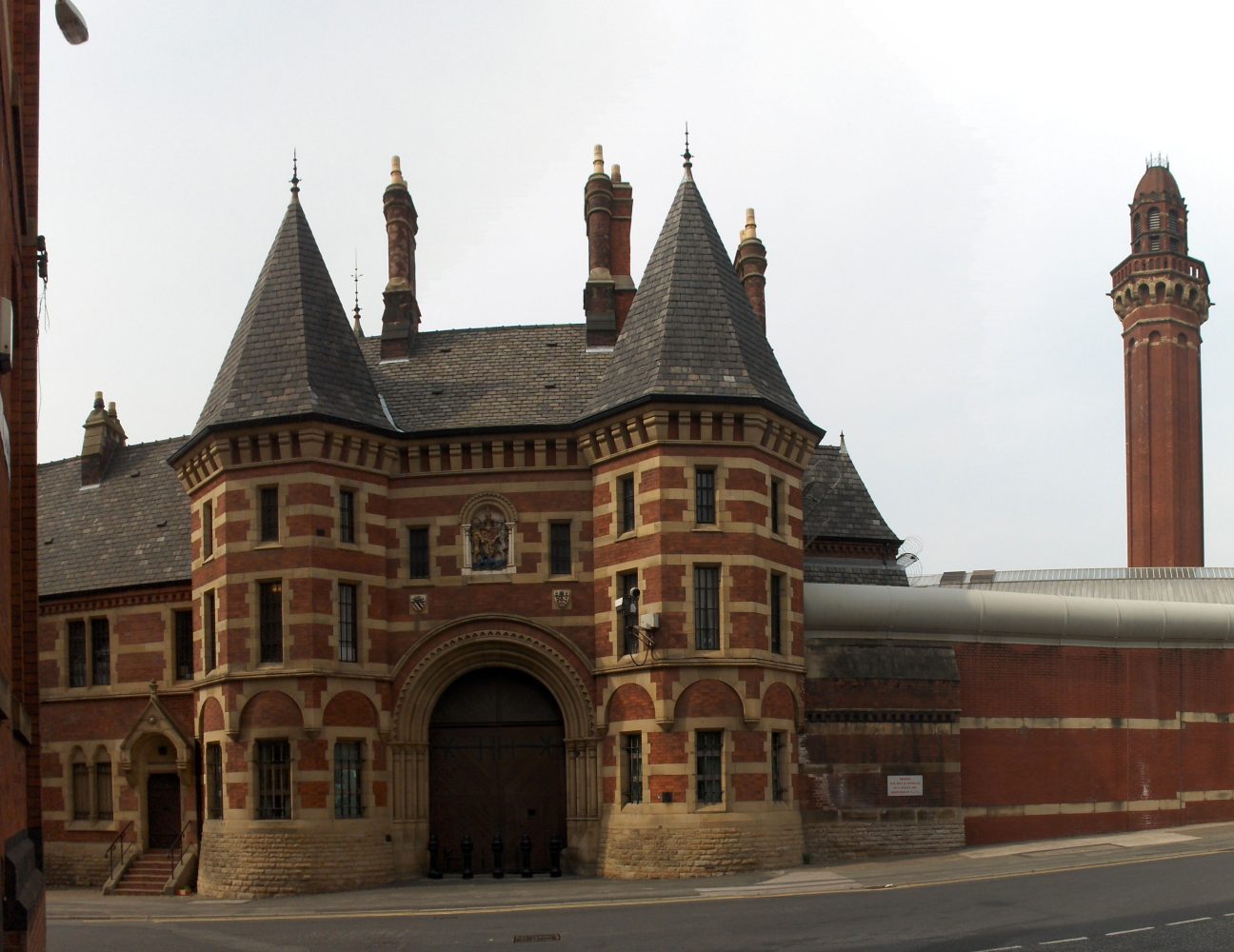
Authorities in the UK are seeking to battle what they decry as increasing drone deliveries of contraband to prisons in a manner that hasn’t been terribly effective in other countries before: passing new legislation to broaden bans on what’s already illegal activity, rather than investing in the specialized detection and mitigation tech required to detect and neutralize invasive UAVs en route to jails.
The UK government announced passage of the law making it an “automatic offence to fly drones within 400 metres of any closed prison or young offender institution in England and Wales.” Operators of any UAVs caught violating what the official communiqué termed a “a virtual ‘no-fly zone’ around” jails risk fines as high as £2,500 ($3,065). Those nabbed trying to airdrop contraband to inmates with the craft face a maximum 10-year sentence in the clink of their own.
As DroneDJ readers know by now, the incidence of drones used to smuggle contraband into prisons has been steadily rising in virtually every country and region in recent years. That has caused correctional authorities to plead for help to halt the flow of drugs, tobacco, mobile phones, and even weapons into jail black market economies whose value rise into the millions – and frequently create tensions between rival operators that can explode in violence.
So how is the new UK law different from legislative attempts in other nations to identify and stop drones seeking to deliver banned loot into penitentiaries? The short answer is, it isn’t, really – and mostly overlaps with existing interdictions as others have.
Attempting to smuggle contraband into prisons was already illegal in the UK. The new no-fly law simply removes the obligation for authorities to have evidence of UAVs being used to transport banned loot to inmates before they can act to apprehend pilots and their aircraft.
In that way, the new UK law largely mirrors legislation in the US and other countries, where introduction was trumpeted as tough and effective action against illegal drone activity. In reality, those largely extended previously prohibited acts – drug running, human trafficking, terrorism – to crimes when using UAVs as well. In other words, firing a gun to assassinate someone was already against the law, but with UAVs suddenly in headlines everywhere, politicians decided they needed to be seen banning murder from the air as well.
Meanwhile, the UK’s moderately tightened statutes contain another failing routinely seen abroad: The absence of funding for anti-drone tech that beleaguered prison officials and guard unions have been clamoring for as the only way to fight the aerial incursions.
Indeed, the announcement of the new UK prohibition notes “504 drones were either sighted, intercepted, or seized around prisons in England and Wales” between 2019 and 2021. It then cheers an accompanying “£100 million investment to bolster prison security” in the two countries – yet lists new gear for corporal searches and scans of visitors, but nothing to detect and neutralize contraband toting UAVs motivating the entire initiative.
“These virtual ‘no-fly’ zones – along with our new airport-style X-ray scanners – mean we can clamp down better than ever on violence behind bars to keep both prisoners and staff safe from harm,” declared Prisons Minister Damian Hinds, without explaining how the former restriction will prove useful if backed up only by the eyeballs of cops who just happen to be watching prison skies during delivery attempts. “This is the latest step in the war we are winning to stop drugs, weapons and phones getting into our prisons.”
That wording is ironic, if not fully Freudian, since “steps” are taken on the ground, not in the air where the government communique says the fast-rising illegal drone action is happening.
Again, the UK is hardly the only nation that hasn’t backed up its legal efforts to halt aerial deliveries of contraband to prisons with investments in effective counter-UAV tech. Yet that general rule is why organizers of illicit drops still have relatively clear skies to operate in – wherever they happen to be.
FTC: We use income earning auto affiliate links. More.



Comments